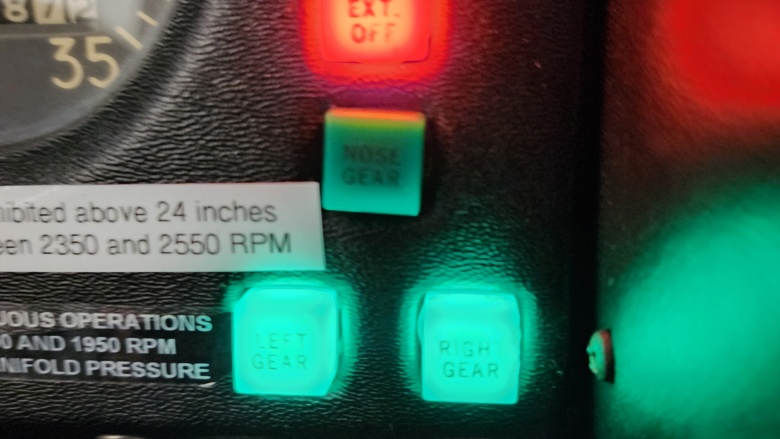Identifying, mitigating, and managing risk is a major part of the Aeronautical Decision Making (ADM) process. One of the ways we can manage risk is by creating a utilizing a set of Personal Minimums.
What are personal minimums?
Personal minimums are the human factors equivalent to reserve fuel in the airplane and help you differentiate between what is “legal” and what is “safe”.
For example, the legal requirements for fuel reserve for day VFR flight are the fuel to your destination plus thirty minutes. For most trainer aircraft that means the fuel reserve is somewhere in the neighborhood of ~4 gallons. That doesn’t leave a lot of margin for error.
Fuel is only one of the criteria you can set for your own personal minimums. A good set of personal minimums encompass all areas of the P.A.V.E checklist. That is, “Pilot”, “Aircraft”, “Environment” and “External Pressures”.
How do I create my personal minimums?
The FAA has a few useful handouts for creating personal minimums. The one I tend to use and direct my students towards is provided to us as an appendix in the FAA Instructors Handbook. What I like about this checklist is that it is thorough and encompasses a lot of areas beyond what you typically see in personal minimum checklists (i.e wind and fuel). The AOPA also has a checklist for personal minimums for both VFR and IFR flights.
You can always create your own, but I would encourage you to at least look over the versions linked above and decide what elements of that you may want to add to your own.
When filling out the sections, I find it helpful to think back over the recent flights you’ve gone on. What was the weather like on those flights? How was the visibility? What were the winds like? Reflecting on your recent flight experience can help you begin to determine what numbers you should use, but when in doubt, air on the conservative side.
As an aside, I’ve recently begun using CloudAhoy for both my personal fights and during lessons with students. I can use it to look back on the wind, visibility, and ceiling conditions for previous flights and it helps add accuracy, especially when helping students create personal minimums for the first time.
Once you have your set of personal minimums, it can be helpful to give a copy of those to someone you trust. This can help add an extra level of accountability.
How do I use my personal minimums?
Using your personal minimums is simple. If you have a personal minimum for a crosswind component of 15 knots and the current crosswind component for your departure runway is 16 knots. You don’t go.
Once you have your personal minimums set, you can always make them more conservative, but you should never make them more lenient, and you shouldn’t ever change your personal minimums on the day of the flight.
It is also important to recognize that you aren’t limited to one set of personal minimums. I have a different set of personal minimums for VFR flights than I do for IFR flights and a different set of minimums for day versus night flights.
How do I increase my personal minimums?
The best way to increase your personal minimums is to go up with a flight instructor and work on developing comfort in those conditions. Obviously, you want to make sure that the conditions are within the flight instructor’s personal minimums as well. Additionally, you want to make sure that you have plenty of outs should the weather conditions deteriorate.


